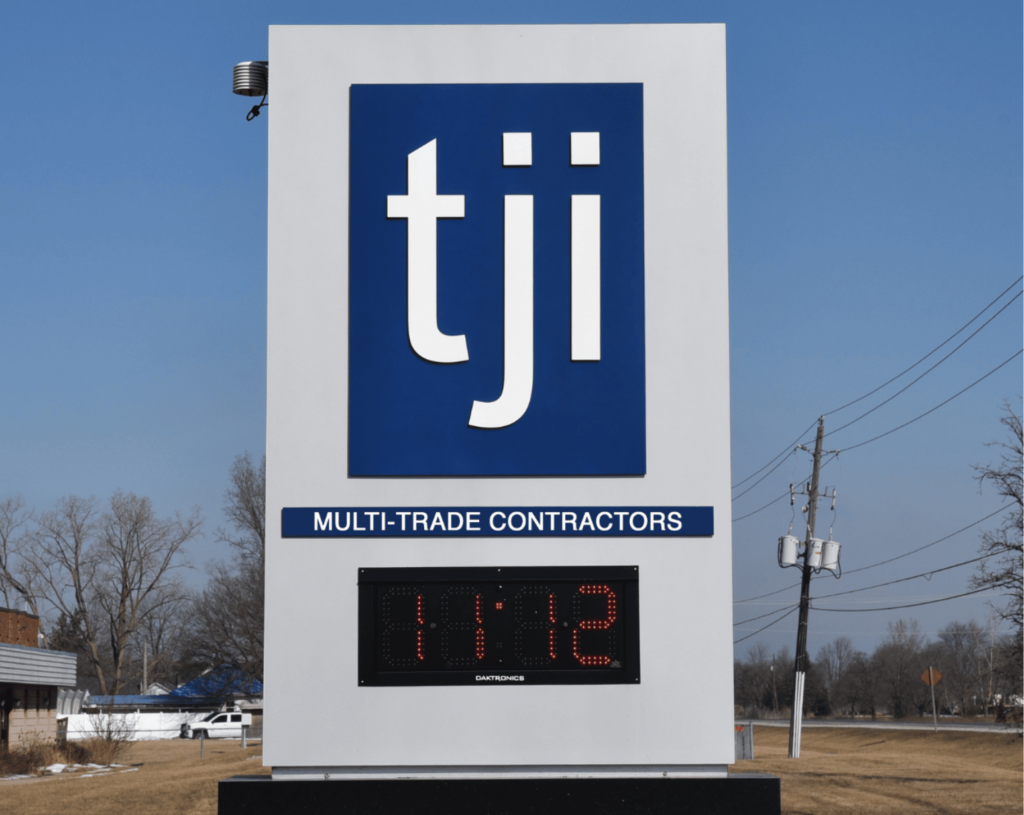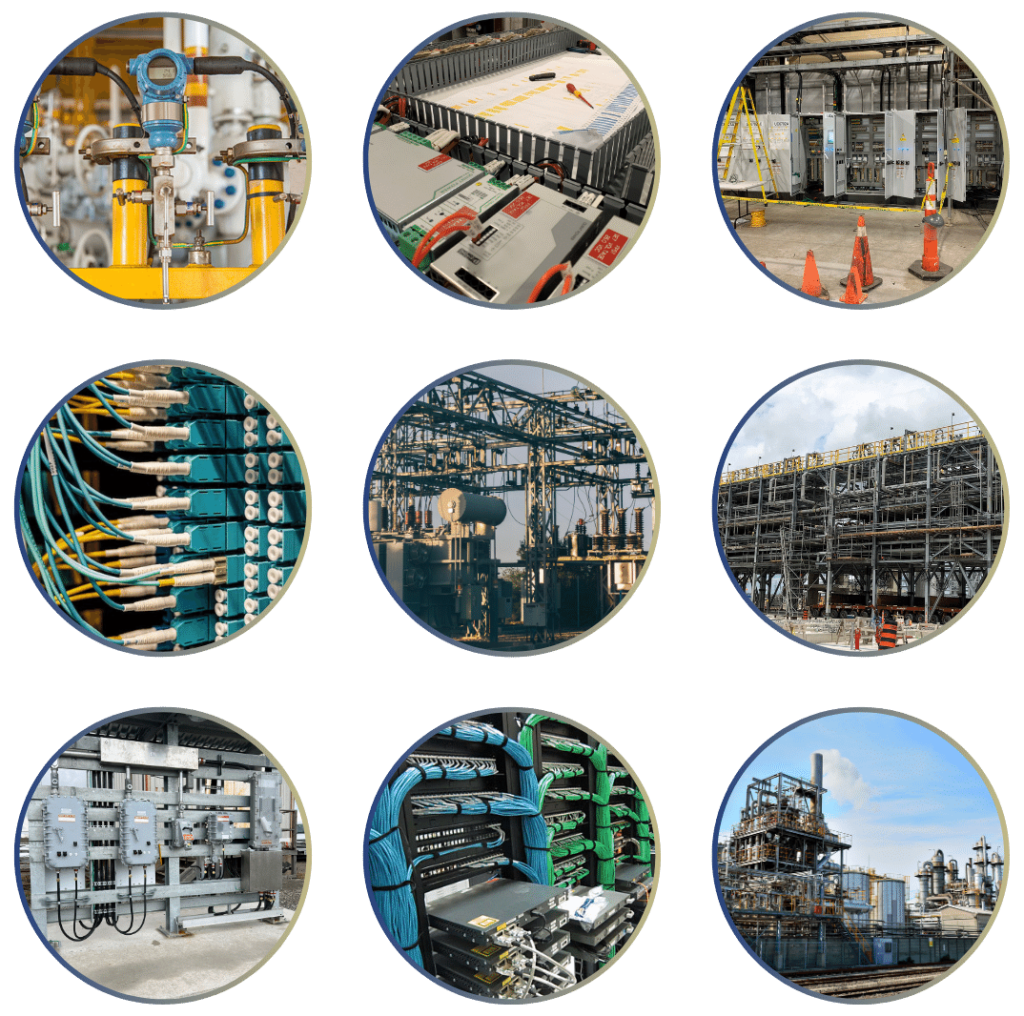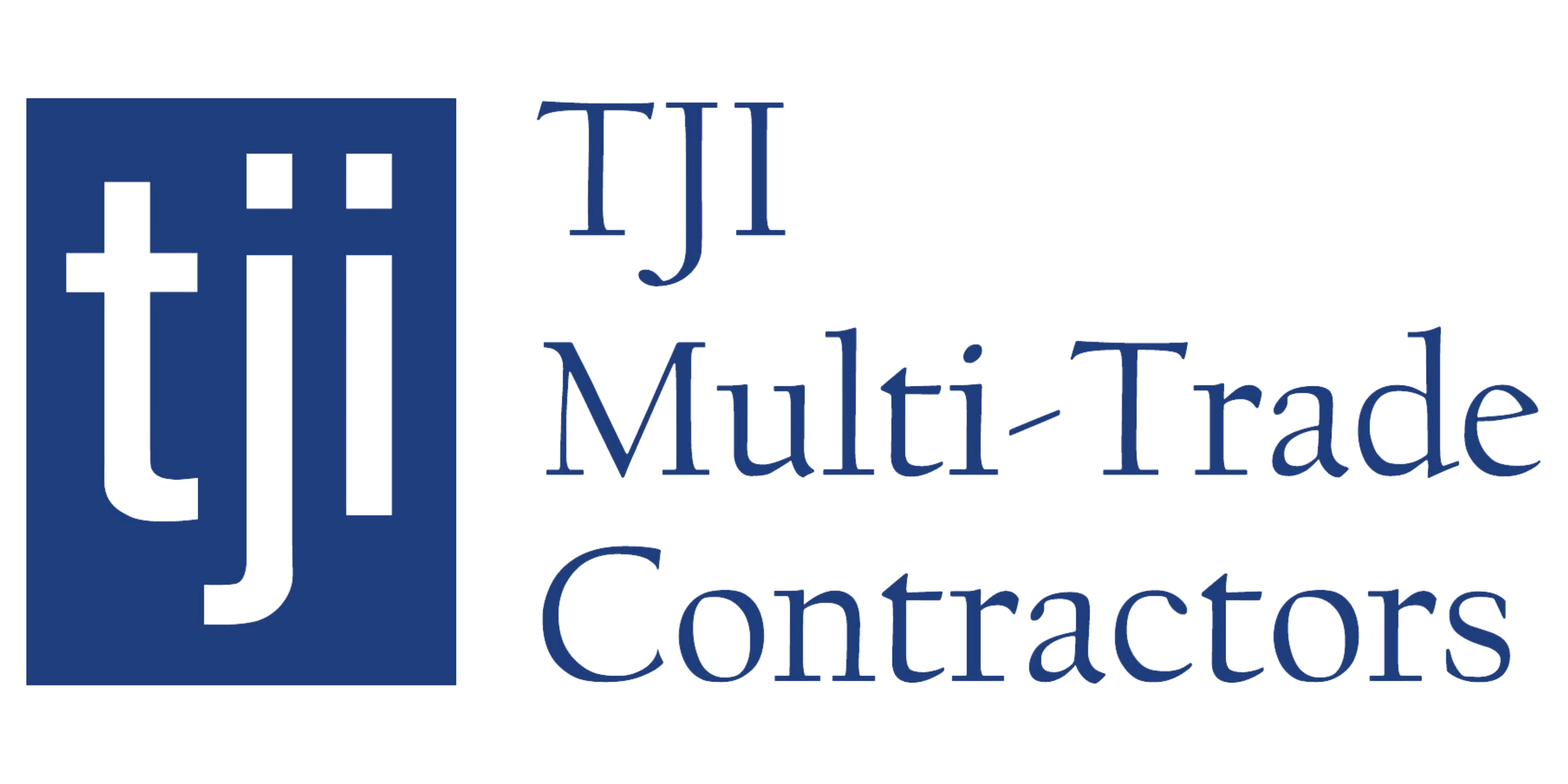TJI Multi-Trade Contractors
SAFETY-SERVICE-EXCELLENCE Is Our Commitment.
Our core workforce is made up of approximately 60 dedicated men & women

High Standard
Safety & Policies

Serving Ontario with Offices
in Sarnia & Hamilton

Over 150 Years of
Experience

About Us
Welcome to TJI Multi-Trade Contractors
Established in 1979 as an Instrumentation Service Contractor, TJI Multi-Trade Contractors (formerly Tee-Jay Electrical & Instrumentation Services) is recognized as a preeminent Multi-trade Industrial, Commercial, Institutional (ICI), and Panel Fabricator for Ontario.
TJI Multi-Trade Contractors
Why Choose Us
We are a Full-Service Electrical Provider.
Focused on Meeting Important Deadlines.
Proudly Serving all of Ontario and Abroad.
Experience in Serving
Clients Needs.
Safety & Experience
As a COR certified company, TJI mandates focus on key elements within Company Structure. Our safety performance relies heavily on the effective action put towards hazard assessments, hazard analysis, hazard control, communicating hazards, hazard control measures, monitoring and re-evaluation strategies.
Development and implementation of safe work practices and procedures are also attributed to TJI’s success in overall safety performance. By involving management, joint health and safety committees, supervision, field and shop personnel in education, training and continuing improvement programs, TJI can deliver positive and consistent health and safety results.

Industries TJI Serves
We Provide Electrical, Instrumentation, Communication, and Fabrication Services
in Sarnia and Hamilton Ontario.

OIL & GAS
Leaders in the Oil & Gas industry we provide the highest level of service for maintenance, construction, and turnarounds. Our experience provides the confidence to excel in the demanding market with our attention to Safety, Project Management, Scheduling and QA/QC. TJI’s highly trained and experienced team is committed to providing our clients with safe, efficient, and cost-effective solutions.

INDUSTRIAL
As your premier contractor specializing in the industrial sector. With our extensive experience and unwavering commitment to excellence, we are your trusted partner for all your electrical construction needs. At TJI, we understand the unique requirements of industrial projects and the critical role that electrical systems play in their success.

INSTITUTIONAL
At TJI, we understand the unique requirements and critical nature of electrical systems in institutional facilities. Whether you're involved in the construction, renovation, or maintenance of educational institutions, healthcare facilities, government buildings, or cultural centers or commercial buildings, our team of skilled professionals is here to provide tailored solutions that meet your specific needs.

COMMERCIAL
Our comprehensive range of services covers every aspect of electrical construction in the institutional/commercial sector. From electrical design and engineering to installation, maintenance, energy management, data-comms, security, and fire alarm, we have the expertise to handle projects of all sizes and complexities.

TJI Multi-Trade Contractors
SAFETY-SERVICE-EXCELLENCE is our commitment to our clients.
The company services Ontario with its offices located in Sarnia and Hamilton Ontario.
With a strong corporate commitment to Health and Safety, TJI maintains our COR certification as a minimum standard to Health and Safety and our #1 commitment with all our projects.
Established in 1979

Serving Ontario with Offices in Sarnia & Hamilton

Commitment to Health & Safety.

Dedicated Project Management.

Value Long-Term Partnerships.





